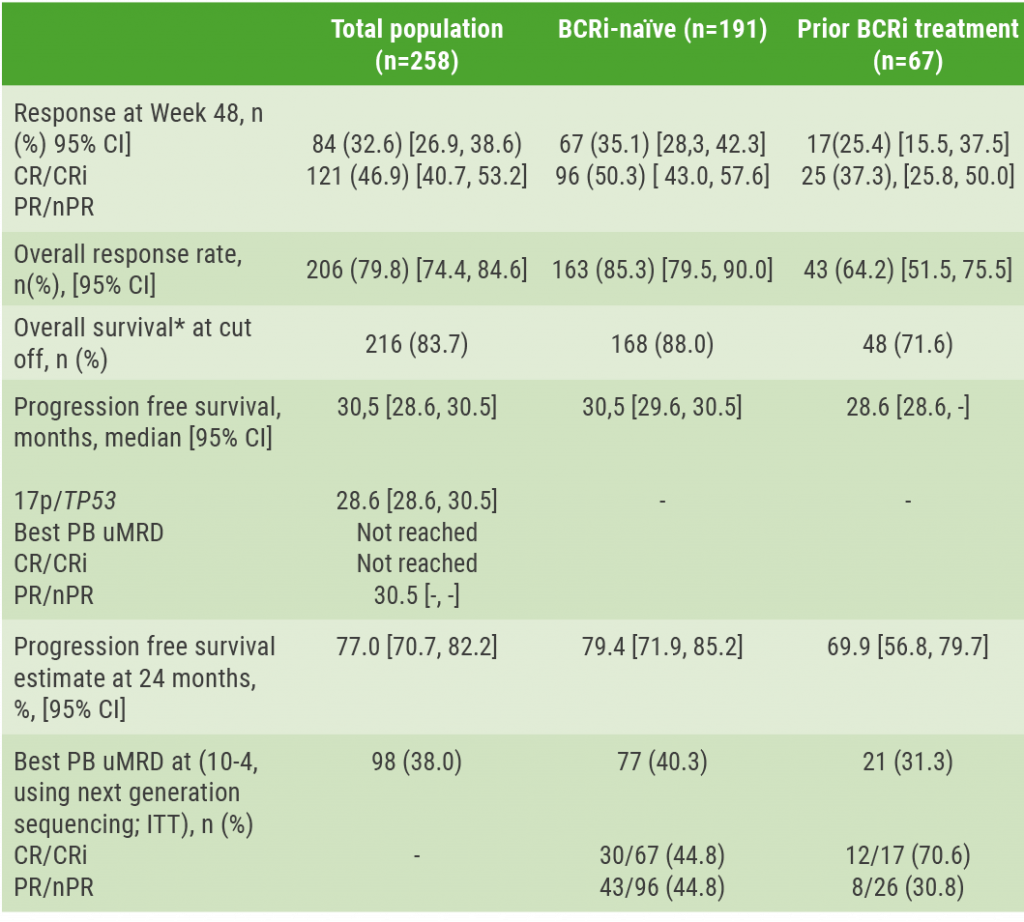https://doi.org/10.55788/06e3db59
By performing DNA-methylome, proteome, as well as single-cell RNA-sequencing analyses on multipotent progenitor (MPP) populations and dormant/active HSCs in mouse models, Dr Simon Renders (German Cancer Research Centre, Germany) and colleagues found distinct and high expression of the Neogenin (Neo1) receptor in dormant HSCs [1]. Neo1 expression is increased in aged HSCs, as well. Neo1 was first described as an axon guidance factor that binds neural guidance molecules including Netrin-1 (Ntn1). The hypothesis tested in murine models was whether Neo1 and its ligands may preserve HSC dormancy, self-renewal, and function.
Using murine gene editing, conditional deletion of Ntn1 in bone marrow niche cells was observed to cause a depletion of HSCs associated to signs of activation and premature differentiation. Ntn1is produced by arteriolar endothelial and peri-arteriolar stromal cells within the bone marrow niche and its expression becomes diminished upon aging.
To investigate Neo1 function, a population of co-existing Neo+ and Neo- cells in Neo1-mutant chimaeric mice were studied. Cellular data from this population suggested that ageing caused a myeloid differentiation bias, reduced overall HSC numbers, and resulted in a robustly reduced engraftment potential. Collectively, these data suggest a role for Neo1 in preserving HSC dormancy and preventing premature ageing.
In vitro and in vivo studies supported this hypothesis. Both the addition of recombinant Ntn1 to standard HSC culture conditions increased HSCs engraftment after transplantation compared with untreated control cells. Accordingly, loss of Ntn1 expressed by HSC niche cells using 2 different inducible knock-out mice resulted in depletion of HSCs.
Ntn1/Neo1 is a novel ligand-receptor pair regulating HSC quiescence and long-term self-renewal, which is altered during aging and is a novel signalling axis linking periarteriolar cells to HSCs. The Ntn1/Neo1 axis promotes dormancy and HSC maintenance, while disruption leads to cell cycle activation, loss of self-renewal, and HSC exhaustion. The Ntn1/Neo1 axis weakens upon physiological ageing, inducing age-dependent changes of HSCs and may offer a molecular target for HSC rejuvenation.
- Renders S, et al. Netrin-1 regulates hematopoietic stem cell dormancy and function via its receptor neogenin with implications for stem cell ageing. EHA25 Virtual, 11-21 June 2020, Abstract S103.
Posted on
Previous Article
« Nivolumab/brentuximab vedotin in R/R HL: good CMR rates Next Article
Microbiome predicts B-ALL predisposition »
« Nivolumab/brentuximab vedotin in R/R HL: good CMR rates Next Article
Microbiome predicts B-ALL predisposition »
Table of Contents: EHA 2020
Featured articles
Myeloid
VIALE-A: newly diagnosed chemo-ineligible AML
DEC10-VEN superior to intensive chemotherapy in high-risk AML
Magrolimab plus azacitidine: good ORR in MDS/AML
Asciminib monotherapy in Ph+ CML: major molecular responses
CML TKI interruption: Swedish registry results
Patients with lower-risk MDS benefit from imetelstat
Better outcomes adding enasidenib to azacitidine in mIDH2-AML
Lymphoid
PET-stratification can omit radiotherapy in early-stage unfavourable Hodgkin lymphoma
Pembrolizumab improves PFS for relapsed/refractory Hodgkin lymphoma
Promising first-in-human trial of epcoritamab in B-NHL
Two trials: acalabrutinib in CLL
Zanubrutinib versus ibrutinib in Waldenström macroglobulinaemia
Deep responses in R/R CLL with venetoclax monotherapy
MRD assessment post-CAR-T predicts ALL allo-HSCT bridging
Plasma Cell Dyscrasias
Daratumumab for light-chain amyloidosis
Isatuximab triplet improves PFS in R/R MM
Initial results from CAR-T cell therapy in MM: KarMMa
Graft-Versus-Host Disease
GRAVITAS-301: improved complete aGVDH response
Ruxolitinib improves steroid-refractory aGVHD across subtypes
Benign Haematology
Paroxysmal nocturnal haemoglobinuria treatment with pegcetacoplan
Mitapivat, a pyruvate kinase-R activator, in SCD is safe with early efficacy results
SCD LentiGlobin gene therapy: new data on VOC and ACS
Paediatric Haematology
Venetoclax + navitoclax promising for R/R ALL or LL
Nivolumab/brentuximab vedotin in R/R HL: good CMR rates
Bench-to-Bedside Science from the Presidential Symposium
Microbiome predicts B-ALL predisposition
Netrin-1 regulates haematopoietic stem cells
Unrecognised role of iron in neutrophil differentiation
Related Articles

September 9, 2020
Deep responses in R/R CLL with venetoclax monotherapy
September 9, 2020
Pembrolizumab improves PFS for relapsed/refractory Hodgkin lymphoma
September 9, 2020
Asciminib monotherapy in Ph+ CML: major molecular responses
© 2024 Medicom Medical Publishers. All rights reserved. Terms and Conditions | Privacy Policy

